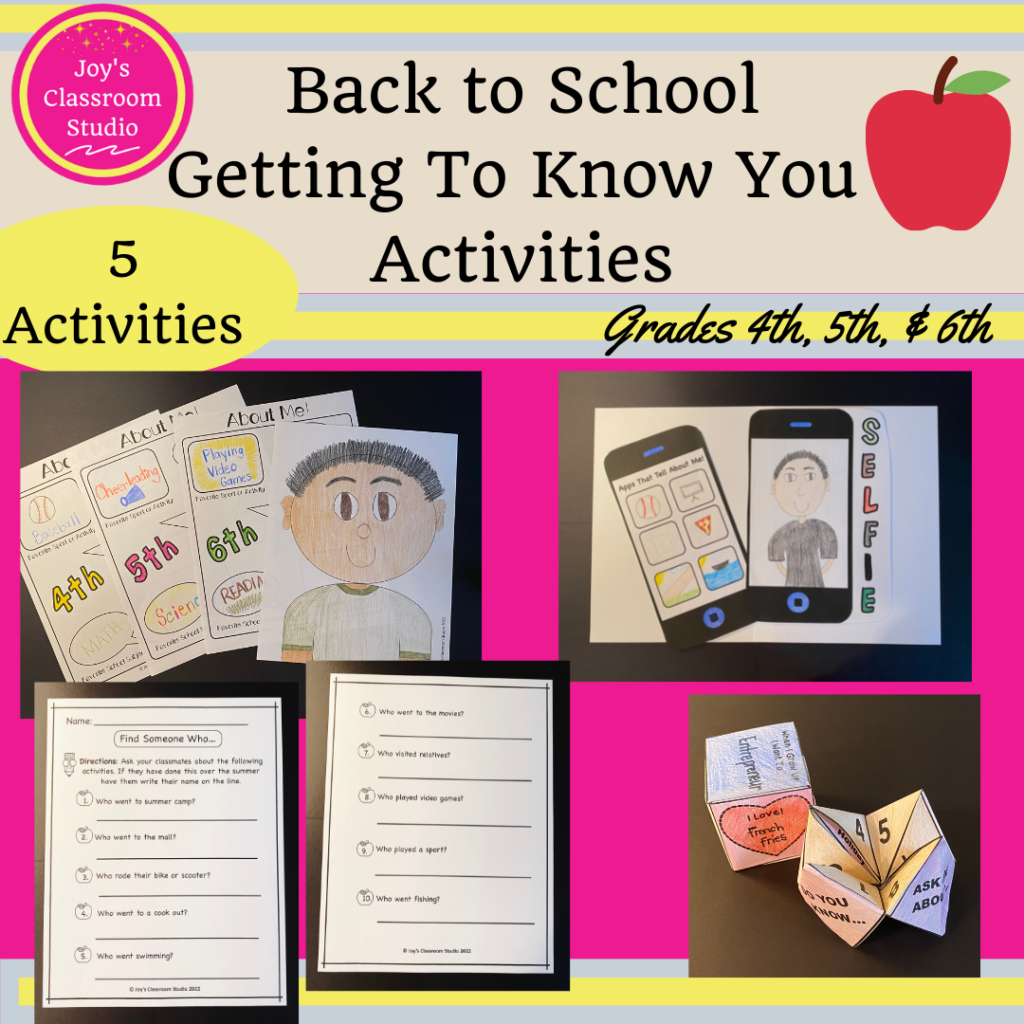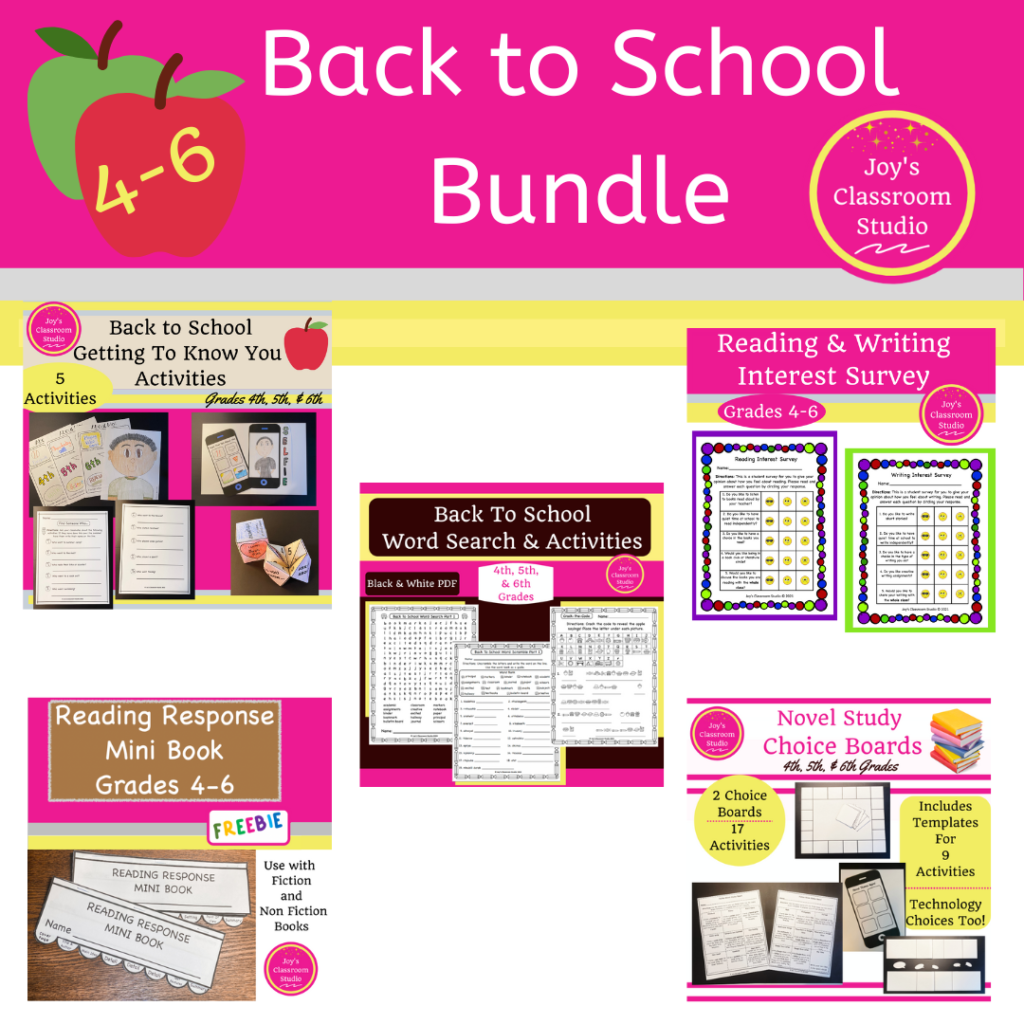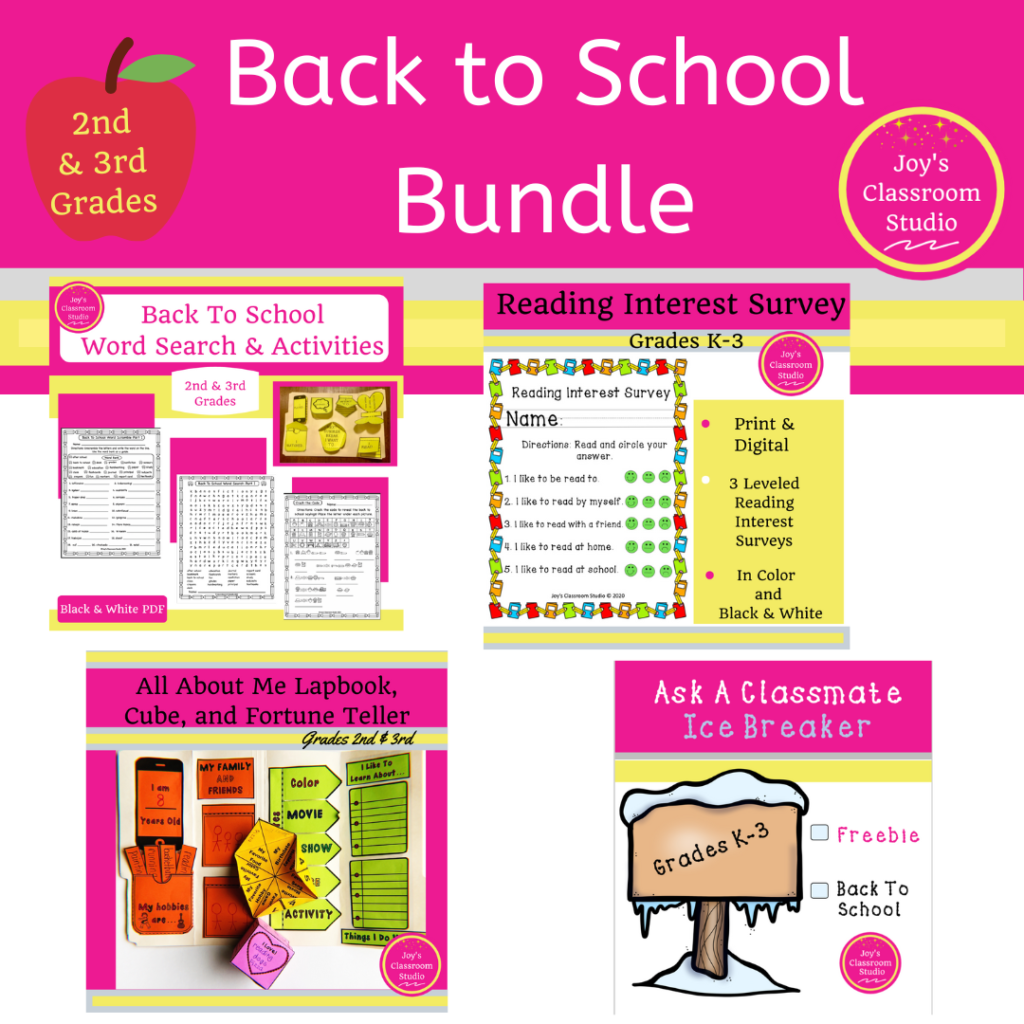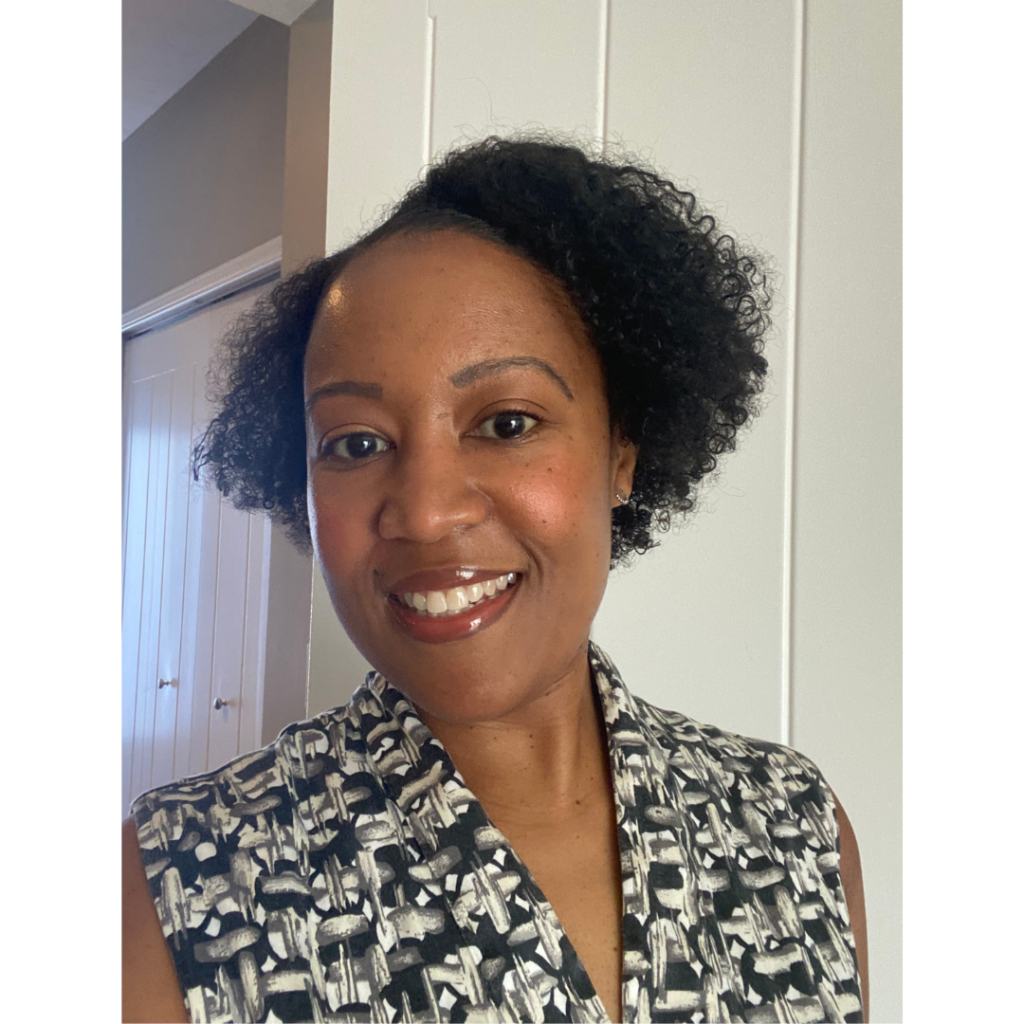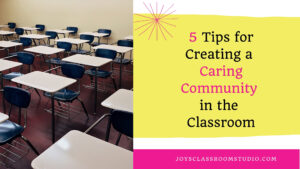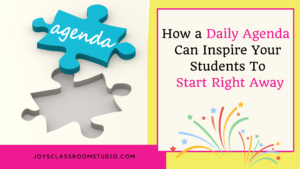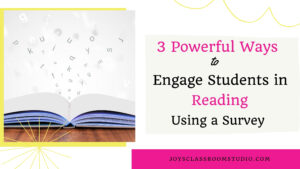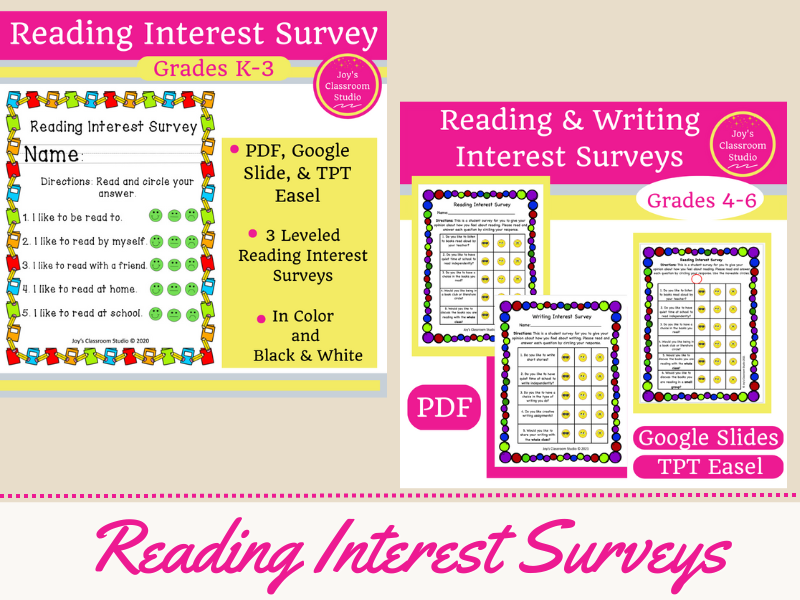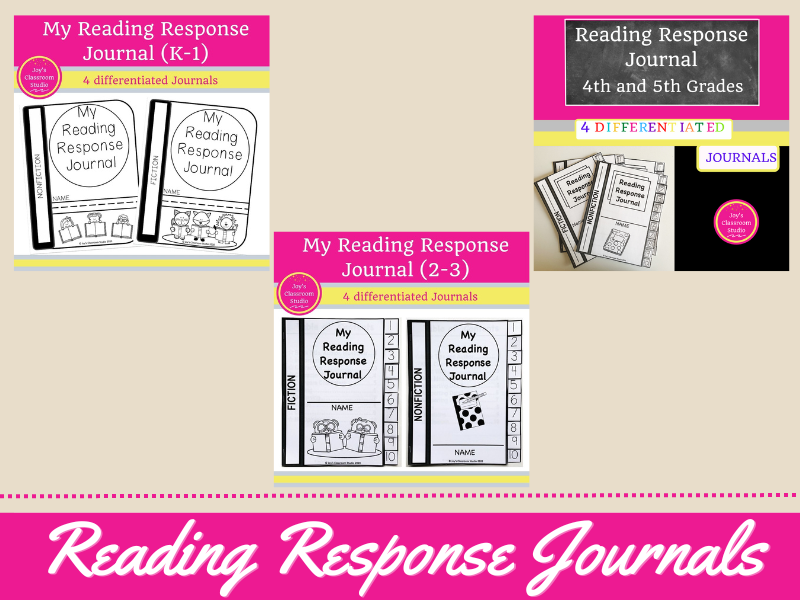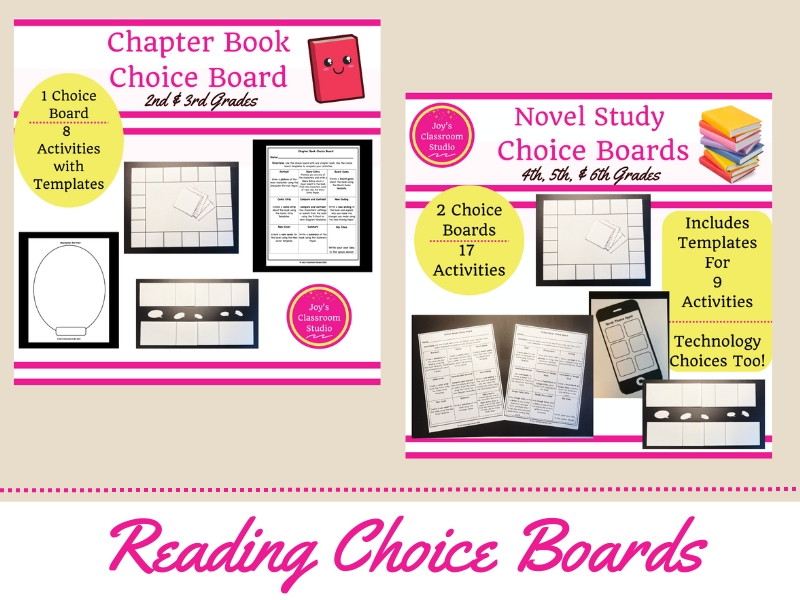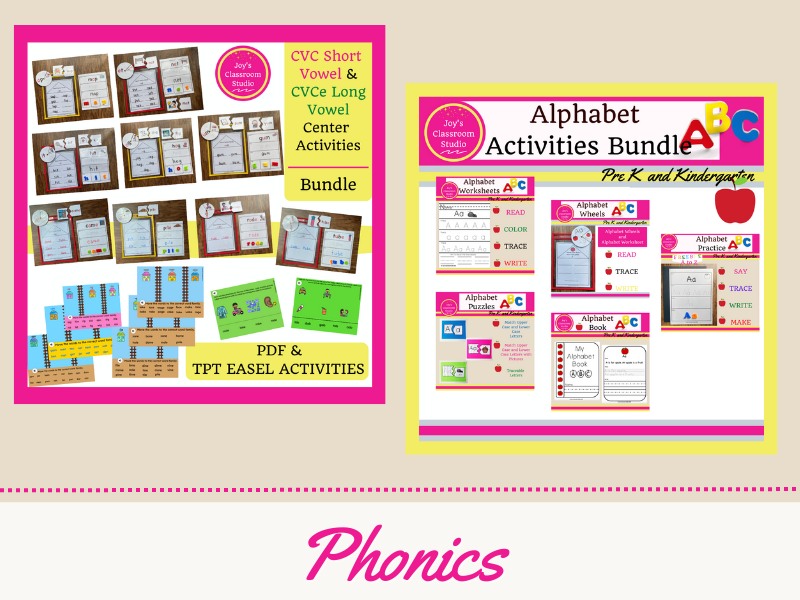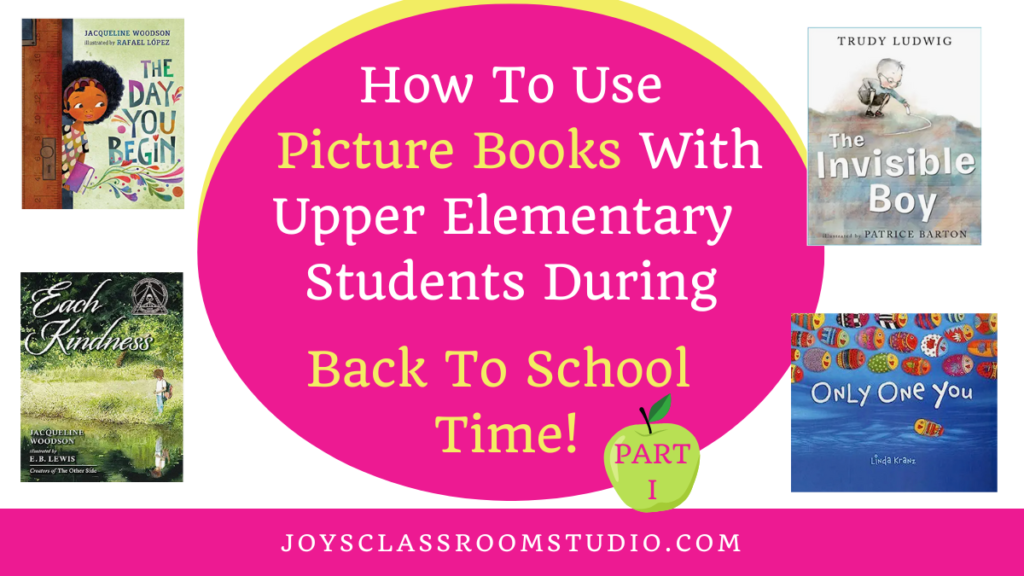
Why Use Picture Books With Upper Elementary Students
Are you wondering how to use picture books in upper elementary during back-to-school time? When I taught 1st grade, I loved reading read-alouds and read them to my students often. In fact, I would do this multiple times a day to help with the concepts I was teaching. This worked well throughout the school year and not just during the first week of school.
If you have ever taught a primary grade you know there is an endless collection of read-alouds! You will never run out of picture books to choose from! When I moved to teaching upper elementary and now middle school I found that while there are still books that can be read aloud to students. It is more challenging now because of the length of the books. I had to decide if I would spend multiple days reading one book or if I would just read short excerpts from those books. Last year I really focused on bringing back the read-aloud into my 6th-grade ELA classes. I will share some of the ways I did this in the read-aloud section of this blog post.
This summer as I am thinking about the upcoming school year, I want to include more picture books. Books that are typically used with primary students with my 6th grade students. I know 6th graders are technically middle schoolers in my district, but I also like to think of them as upper elementary students, especially during the first half of the school year. I feel it is my job as a 6th-grade teacher to help my 6th-grade students transition into middle school smoothly. Plus I know many schools around the U.S. have 6th grade in elementary school and consider them to be upper elementary as well.
Picture books are not just for primary grades, there are some that are a good fit for older students too! In fact, I have attended some professional developments for teachers that used picture books being read aloud to us. And you know what, we teachers enjoyed hearing them!
In this blog post, I will talk about how I used read-alouds with my classes last year. And I will talk about how I am going to use picture books with my classes this back-to-school season. This blog post is Part I of a two-part series, be sure to check back next week to read Part II on How To Use Picture Books With Upper Elementary Students During Back To School TIme.
The Read Aloud
Read-alouds are essential no matter what grade level you are teaching. Read-alouds allow us as teachers to model fluent reading. Help our students to see how to read a book from cover to cover. Plus, they are also a great way to do a mini-lesson all while enjoying literature, nonfiction, or poetry. Here are some examples of how I use read-alouds…
(1) Using Picture Books With Upper Elementary Students– When using picture books with upper elementary, choose books that have a clear message or theme in them. Discuss the clear message or theme with students. Using picture books with upper elementary is great for posing more rigorous questions. The storylines are easier for students to comprehend. Students also have the assistance of illustrations to help with comprehension.
Make sure you do not choose books that are clearly primary. These books are the ones that you know your students will feel are “baby books”. Books that have illustrations of much younger students, very simple messages, and do not allow you to ask rigorous questions. The one exception to this is reading beloved picture books that you know are childhood favorites and your primary reason for reading them is just for fun!
When reading picture books with upper elementary students, you can use multiple days of reading, rereading, and discussing picture books. It should take you no longer than 2 or 3 days. Don’t forget to have a discussion about the book before, during, and after reading. When reading the same text for many days, you will briefly need to review what was read the previous day. This helps students who may have been absent and it also helps students remember what was read in the story the previous day.
Last January I did a Winter Wonderland Theme with my teammates and two of my winter read-alouds were Snowflake Bentley by Jacqueline Briggs Martin and Snowflakes in Photographs by W.A. Bentley. Read more about how I used these books in a winter-themed lesson and as well as how we made glittered snowflakes by reading my blog post, Snowflake Winter Read-Alouds.
(2) Chapter Books– I have used chapter books as read-alouds by reading a chapter a day. I’ve used books that are less than 200 pages and have larger fonts. The timing can vary. It has taken me about two weeks to read and discuss some books. While others have taken the whole quarter for me to read aloud and discuss with students. I like to read them at the beginning of class to help set the tone for the rest of the class.
(3) Poetry– Poetry is great to use as a read-aloud! You can choose from your curriculum, poetry books, or have students write their own poetry and share. Books written in free verse would work well here too.
(4) Excerpts– read and discuss excerpts from larger books to introduce and get students interested in reading the rest of the book. Students can read the book in its entirety during independent reading time or for homework.
Below are some of the picture books I am using at the beginning of the school year. All of the books chosen for this blog post and next week’s blog post have really good messages. I want to read and share them all with my students. It may take me the whole 1st quarter to read and discuss but I think it’s worth it!
To create discussion questions to go with these books you can use Depth of Knowledge or Bloom’s Taxonomy question starters. I am using a mix of both in the questions I created below.
Please also be mindful that many students do not want to talk out to the whole group. Some ways for students to answer these questions can be on an index card, in table groups, or with a partner. You can also put up large pieces of paper around the classroom with the questions on them. Students walk around the classroom and write their answers on the paper. They can also write their answer on a sticky note at their seat and get up and stick their answer on the paper. Students can choose to write their names or not. Once this is finished you can give students an opportunity to share out what they wrote if they would like.
The Day You Begin by Jaqueline Woodson

The Day You Begin by Jaqueline Woodson is a beautiful story that tells the message of staying true to yourself and being who you are. In the book, she talks about being the only one in a room that looks the way you do. Being laughed at for being different whether that is because of your name, how you look, your language, or what you eat. The illustrations by Rafael López are colorful and stunning and help tell the story well! The rulers placed throughout the book are a reminder that we measure ourselves against other people. The title is fitting for the book because it is the day you begin to tell your story that you begin to find similarities between yourself and others while recognizing differences too.
In the classroom when using this picture book I will focus my discussions on…
staying true to yourself, being who you are, and not comparing yourself to others. Some of the discussion questions I plan to ask are…
-What makes you unique from other people?
-What did you notice about the location of the rulers and what was going on at that time in the story?
-How can you express yourself and show others your personality?
The Invisible Boy by Trudy Ludwig
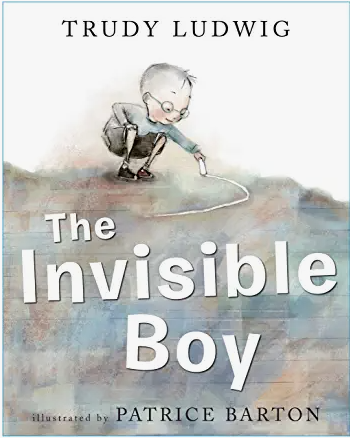
In the book, The Invisible Boy the author brings us into the world of Brian a student that is present in class but not seen by other students. Students physically see him but don’t include him. His presence is not acknowledged by the other students. Brian spends a lot of time alone together with the other students in the classroom.
When a new student Justin comes to class the other students laugh at him for being different. Brian wonders which is worst being invisible to the other students or being laughed at by the other kids. This gives Brian the courage to write a kind note to Justin. Justin is kind in return to Brian and pays attention to him. A big turning point in the story is when Justin includes Brian in a group project. This leads to Justin inviting Brian to eat at the lunch table with him and the other group project member.
The illustrations in this book by Patrice Barton play a key part in helping readers see how invisible Brian really is to his classmates. He is in black and white and they are in color. Once Justin comes and starts to talk with Brian we see some of him in color. At the end of the book when Brian is included he is in color like the rest of the book.
This is an excellent book to bring awareness to students that excluding others by not including them is hurtful. And that one person can make a difference by being a friend. It was also important to note that Brian reached out to Justin with kind words. Brian did this when he knew Justin was hurt by the other children laughing at him.
In the classroom when using this picture book I will focus my discussions on…
acknowledging other’s presence, putting yourself out there by being kind, and not to intentionally exclude others. Some of the discussion questions I plan to ask are…
-By inferring from the text, can you elaborate on the reasons why Brian tended to keep to himself?
-What do you notice about the illustrations that support Brian being invisible?
-Why do you think Justin was kind to Brian?
-Would you have made the same choice that Justin made to be kind to Brian? Why or Why Not?
Only One You by Linda Kranz
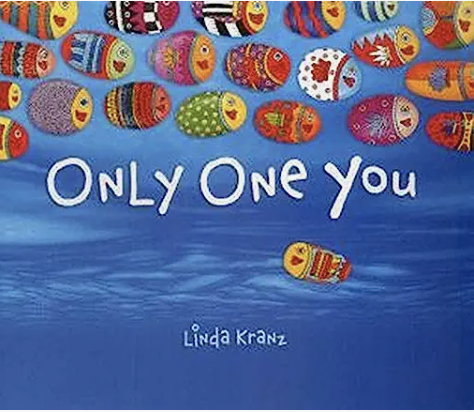
Only One You written and illustrated by Linda Kranz has vivid and colorful illustrations that help support the text in the book. This book is about a fish receiving words of wisdom from its parents. Some key ideas of this book are to be you, discover things, and make the world a better place. Messages I liked given to the fish are to look for beauty in things, find your own way, and don’t follow the crowd. I also appreciated how the parents stressed to the fish to make time for quiet time and reflection. The illustrations also help with the idea of being uniquely you because each fish has different colors and designs on its body.
In the classroom when using this picture book I will focus my discussions on…
being yourself, finding your own way, and understanding when to speak and when to listen. Some of the discussion questions I plan to ask are…
-How would you explain to a friend the meaning of “when to speak and when to listen”?
-What does it mean to “find your own way”?
-The parents tell their child to “look for beauty” what do you think that means?
Each Kindness by Jaqueline Woodson
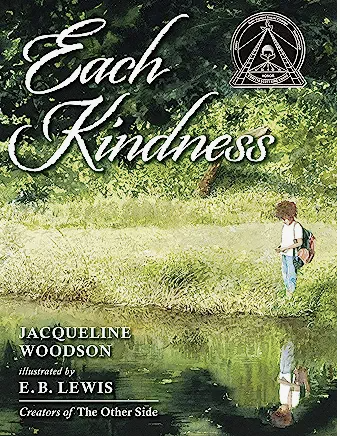
This is a realistic story about how children can be mean to other students just by judging them on the way that they look. Each Kindness tells the story of Maya a new student at an elementary school. On Maya’s first day, the other students can tell that her clothes are old and she is more than likely wearing hand-me-downs. The class is silent as the teacher introduces her and doesn’t welcome her.
As the story continues, the main character Chloe misses many opportunities to be kind to Maya. At first, Maya is cheerful and friendly to the other students wanting to fit in. But over time she withdraws and just plays and does things by herself. Her classmates continue to make fun of her clothes, shoes, and the foods she brings to lunch.
Later in the school year, the teacher decides to do a lesson on kindness. On this particular day, Maya is absent. During the lesson, the teacher gives the children a stone and asks them to drop it into the water and tell something kind they have done. She tells them the ripples represent how kindness goes out into the world. Chloe could not think of anything kind she had done so she passes the stone on.
As the days go on Maya is still absent but Chloe is hoping for her to come to school so she can be kind to her. She thinks of what her teacher said about how each kindness makes the whole world a little bit better. Soon the teacher lets the children know that Maya will not be coming back to school. Chloe is filled with regret about all the kind things she could have said to Maya and understand she lost the chance to tell Maya those things.
In the classroom when using this picture book I will focus my discussions on…
being kind to others, not judging others, and being inclusive. Some of the discussion questions I plan to ask are…
-What did you notice about Maya’s personality?
-Would you have expressed kindness to Maya when she first came to school if you were Chloe?
-What would have been the outcome if the teacher had done the kindness lesson earlier in the school year? Do you think Chloe would have been kind to Maya when she first came?
Conclusion
Using picture books with upper elementary students during back-to-school is beneficial. Read-alouds are essential no matter what grade level you are teaching. Read-alouds allow us as teachers to model fluent reading. With picture books as read-alouds, students are able to comprehend the stories more easily making room for you to ask more rigorous questions. And remember, students also have the assistance of the illustrations to help with comprehension. Check back next week to read part II of this blog post, How To Use Picture Books With Upper Elementary Students During Back To School Time, where I discuss more picture books I am using in my classroom during the back-to-school season.

